As the leading global provider of container sealing solutions, Selig’s range of liners and seals consistently protect packaged goods and instill consumer confidence. Our container sealing product line includes induction seals – such as the consumer-preferred Lift ‘n’ Peel™ – primary seals, glue-applied, induction bond, and vented solutions.
As the leading global provider of container sealing solutions, Selig’s range of liners and seals consistently protect packaged goods and instill consumer confidence. Our container sealing product line includes induction seals – such as the consumer-preferred Lift ‘n’ Peel™ – primary seals, glue-applied, induction bond, and vented solutions.
• Cheese
• Condiments
• Confectionary
• Dressings & Sauces
• Snacks
• Spices
• Spreads
• Coffee & Tea
• Dairy
• Energy & Sports Drinks
• Functional Beverages
• Juices
• Sparkling Wine
• Spirits
• Still Wine
• Other Carbonated
• Baby Care
• Body Care
• Facal Skincare
• Hair Care
• Oral Care
• Sexual Healthcare
• Sun Care
• Cannabis
• Life Science
• Medical
• Nutraceutical
• Over-the-Counter (OTC)
• Pharma
• Agricultural
• Institutional
• Pet Care
• Pool Care
• Surface Cleaning

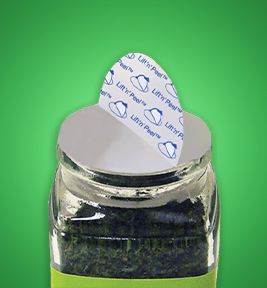
Selig offers multiple induction seals with consumer convenient 1/2 moon-shaped pull-tabs. The opening convenience function is preferred by consumers over non-tabbed liners as well as over non-lined screw cap applications for safety and convenience.
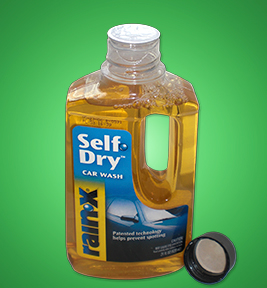
Induction sealing is a unique non-contact heating process that hermetically seals a container by adhering a foil based liner to the bottle neck of a container. Induction sealing requires little, if any, modification to an existing packaging line.
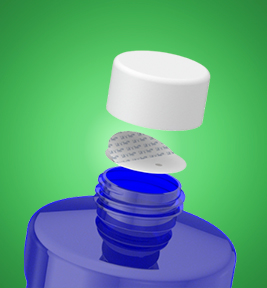
Vented liners are designed to provide bi-directional venting of containers without leaking. Selig’s patented Circumvent™ foam liner and AirFoil™ induction liner capabilities are fully customizable to meet a myriad of product formulations and applications.
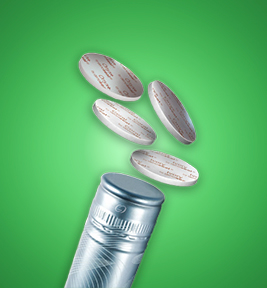
These customized foam based liners not only prevent leakage, but through specialty layers control the permeation of gasses into and out of the headspace. Used primarily to protect and age wine capped with ROPP closures.
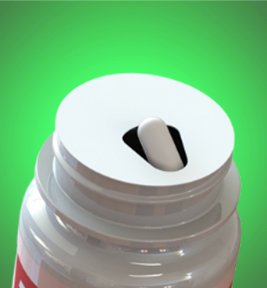
A highly specialized solution, custom dispensing liners deliver an innovative and cost-effective way to dispense products in a safe and controlled manner. Selig collaborates with brand owners to create and develop unique designs for dispensing a wide array of products from dry products, granules, pills or tablets.
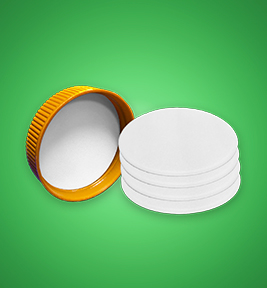
Primary liners or cap liners are the original liners used in closures to create a seal between the closure and container. Primary liners come in either foam or pulp material. These liners are often used on rigid containers, such as glass or aluminum, or containers with varying flatness in the land area which causes leaks and uneven seal pressure if a liner is not used.
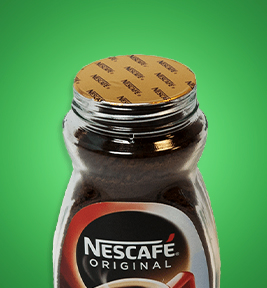
Glue applied lining materials consist of an aluminum foil/glassine membrane, temporarily polymer bonded to a pulp board. The glue is applied to the land area of the bottle prior to capping.
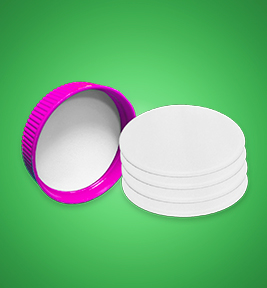
Pressure-sensitive liners are similar to the primary cap liners but have the ability to adhere to a container finish. Pressure-sensitive foam is only recommended for dry products.
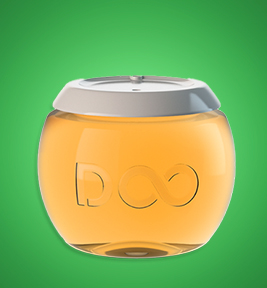
Our induction bond material features a one-piece, double-sided heat induction foil material that provides a secure bond between two plastic components such as a closure and container while also acting as the seal for the orifice.
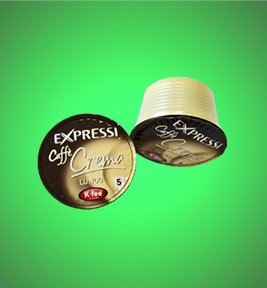
Featuring robust seal integrity to protect against oxidation or moisture, our pre-engineered lidding solutions are designed to seal with varying methods such as conduction, ultrasonic, or induction. We offer solutions with and without a barrier to serve such applications as coffee, cosmetics, and more.
Browse by type for product options.
Selig’s container sealing solutions offer the largest range of primary cap liners and container seals in the industry. These solutions use a wide range of materials (foil, film, board, paper, foam and polymer), unique laminating processes (solvent based, water based, heat and extrusion), printing, slitting and punching capabilities to offer its industry leading range of liners for standard or custom applications.
Seals and liners are often interchangeable terms but there are key distinctions to understand. Liners are punched into a disc shape and placed inside a closure. However, some of these lined caps have adhesive layers that bond to the container making it a seal, for instance a heat induction seal.
With so many options available, Selig recommends that brands and closure manufacturers consider such things as the product’s characteristics, its container packaging, regulations, and/or consumer needs to hone in on the best solution.
Product Characteristics
Identifying your product’s end-market use and its characteristics (dry, liquid, oxygen-sensitive, etc.,) will dictate requirements for the liner. Liners are designed to ensure the product’s integrity throughout its journey from manufacturing through consumer consumption. For example, a product that is dry may be sufficiently serviced with a primary foam liner if performance features such as tamper evidence or hermetic sealing is not required for the product. Additionally, if the contents of the package are aggressive (bleach, industrial chemicals, etc.), a barrier layer may be necessary to protect the foil against degradation.
Container Materials
While Selig offers liner solutions for all materials, it is important to identify the container material early in the selection process. This is particularly important if an induction seal is being considered because the liner heat seal material is dependent on the container material it needs to bond to. Common container material types include Polypropylene (PP), Polyester (PET), Polyvinyl Chloride (PVC), Polyethylene (PE), and Glass.
Removal Characteristics
The peel performance of the liner or how it’s removed from the container is critical for both consumer protection and satisfaction. There are four categories of removal characteristics:
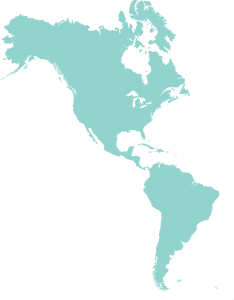







Thank you for creating an account and giving us the ability to serve you more effectively and quickly.
We have sent you an email so we can verify your account.